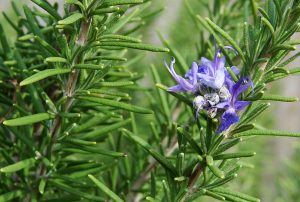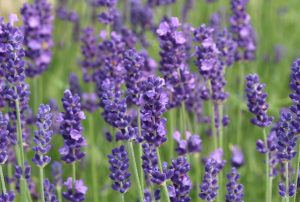Lonicera nitida is a species of perennial shrub, a member of the honeysuckle genus Lonicera. In English, it is sometimes given the common names “boxleaf honeysuckle” or “Wilson’s honeysuckle”. Cultivars of Lonicera nitida include ‘Baggesen’s Gold’ and ‘Briloni’ (aka ‘Edmee Gold’)
Description
The species is a broadleaf evergreen shrub 4 to 5 feet tall and 4 to 6 feet wide if unclipped. The leaves are dark green and 6–16 millimeters long. The flowers are creamy white, fragrant, 6 millimeters long, and grow in pairs,. They appear at the end of spring. The fruit (rarely formed on clipped specimens) is an inedible bluish-purple berry about 6 millimeters in diameter. The stems are layered one on top of the other giving the appearance of a haystack. The growth rate is moderate or fast growing. The species is resistant to deer and rabbits. Birds are attracted to the species. When planted, the species is easy to clip and needs frequent clipping because it flops if it grows to a height over 5 feet. The species is commonly confused with cotoneaster species. The difference between the two is that cotoneaster has alternate leaves while this species has opposite leaves.
Habitat
The species is native to China. Lonicera nitida Wilson (Caprifoliaceae) is a native of Yunnan and West Sichuan. It grows in scrub form along streams at 1200 to 3000 meters and flowers in June. The evergreen shrub grows to 2 meters and is hardy to -15˚C (Zone 6). When planted, the species should be put in the full sun to light shade in fertile, well-drained soil. The types of soil that it can be planted in is normal, sandy, and clay. The species is more shade resistant than most honeysuckles. The species can tolerate drought and pollution
Uses
‘Lonicera nitida’ takes clipping very well and makes an excellent small hedge.
At Osborne House, a holiday home built in 1845 on the Isle of Wight for Queen Victoria and her husband Prince Albert, there are L. nitida shrubs clipped in the form of stags rising from beds of Felicia amelloides, Festuca glauca, and scarlet pelargoniums.
This plant is often used for bonsai. Because it is an energetic grower, it is possible to collect old and quite sizable L. nitidia from the landscape or growing wild, cut most of the roots and branches off to start from scratch to build a new tree -like form.








